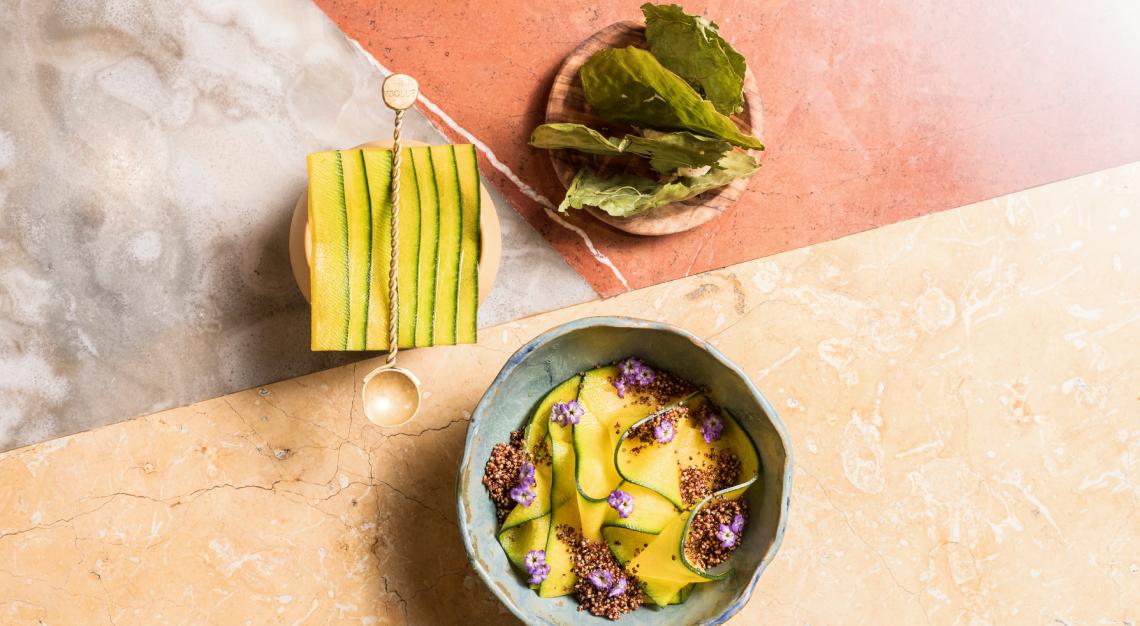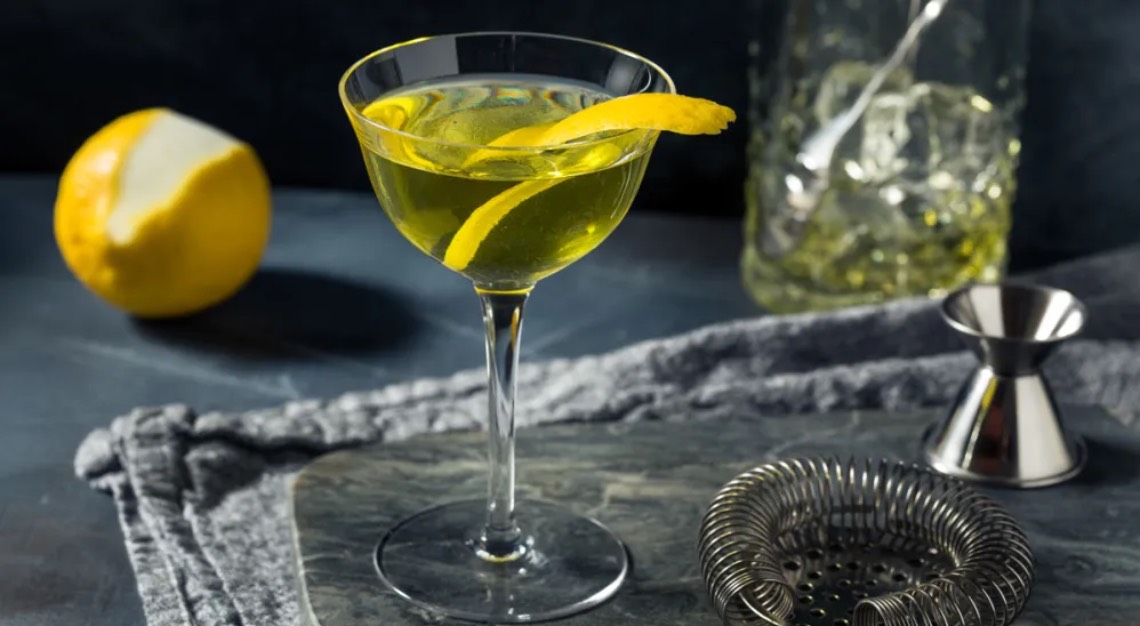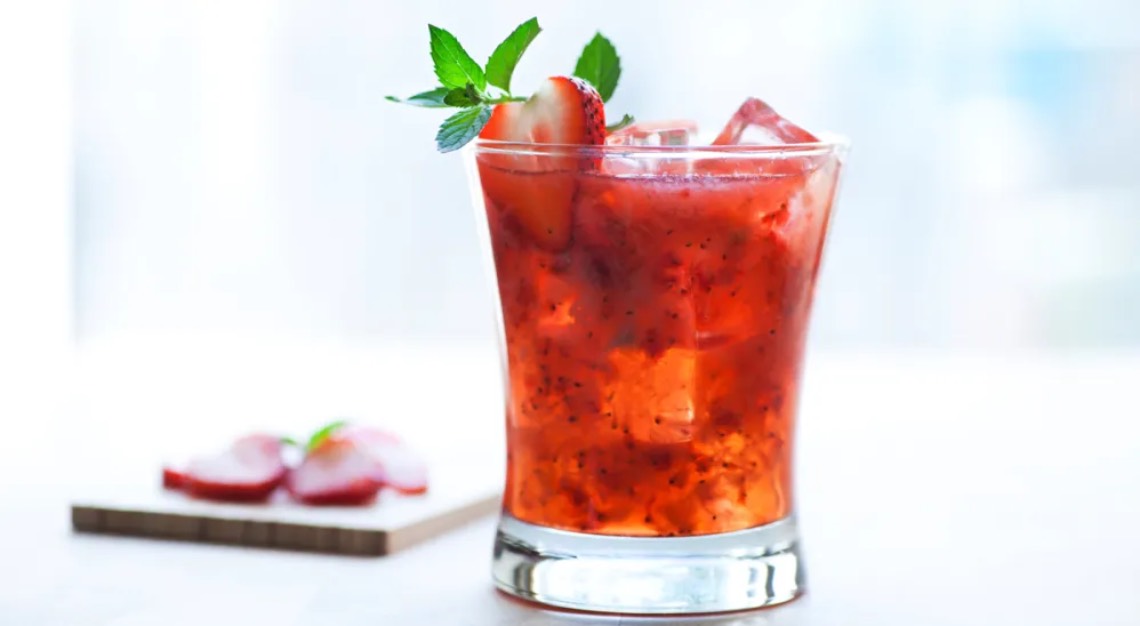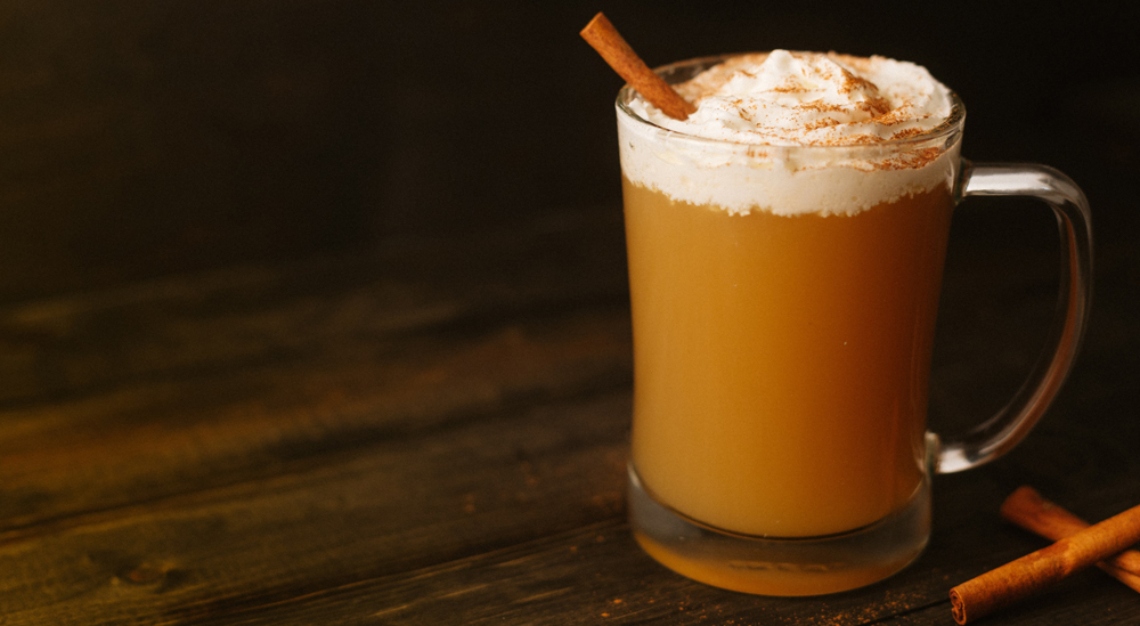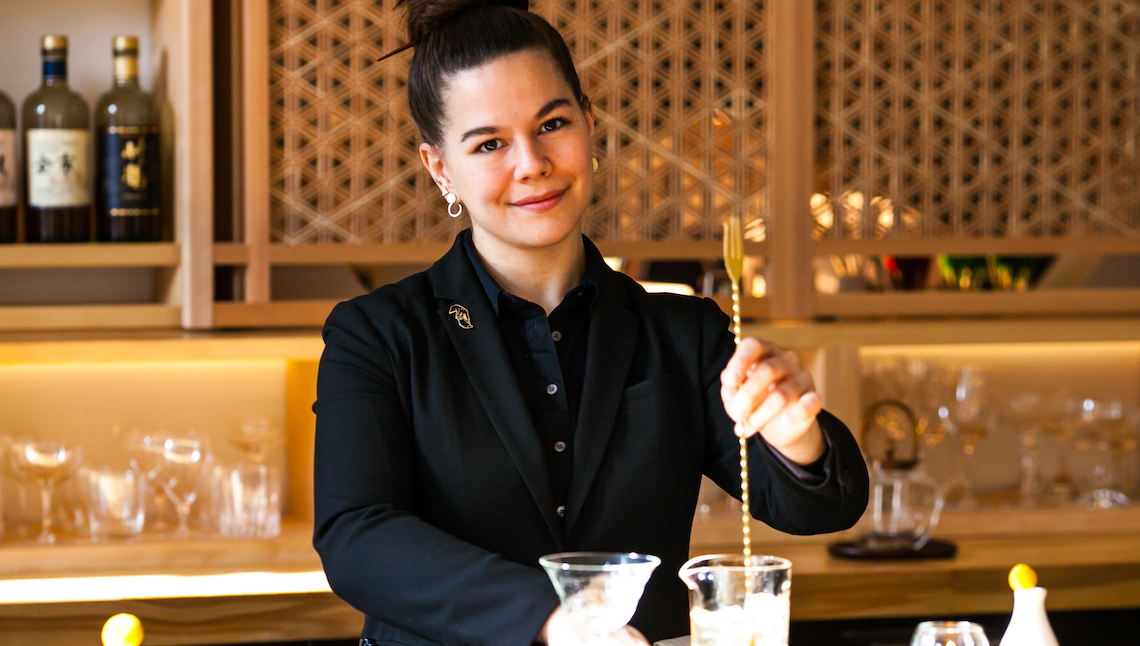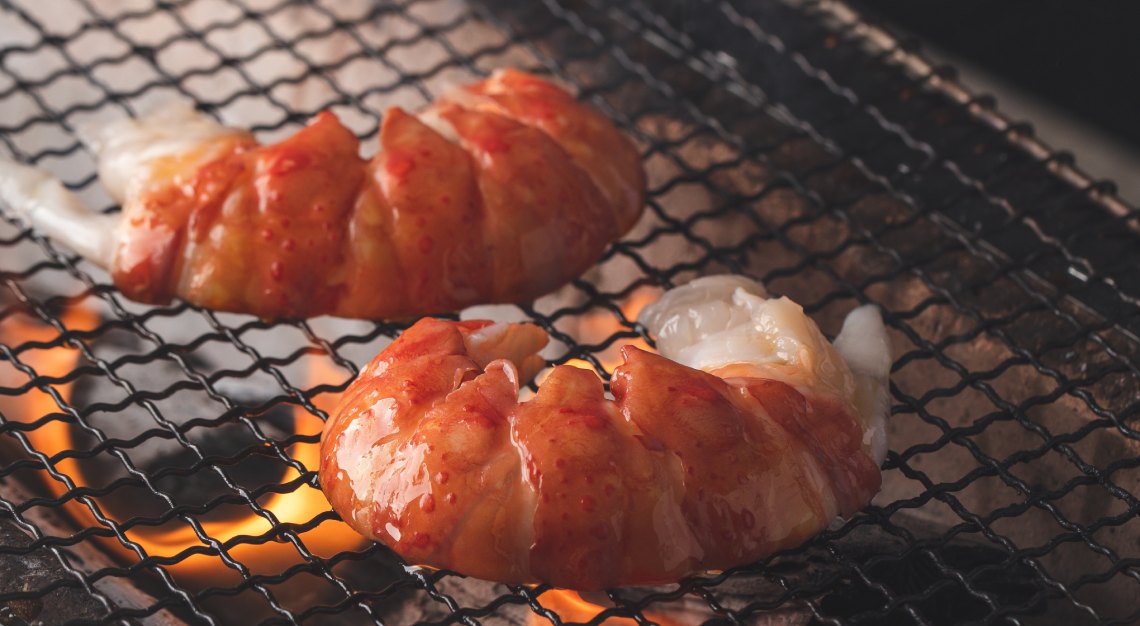An ode to a legendary cocktail bar that just announced its closing
“This is the violet hour, the hour of hush and wonder, when the affections glow and valor is reborn….”
–Bernard DeVoto, The Hour, 1948
If the above sentiment seems overly romantic about happy hour, it’s possible you simply haven’t found the right bar.
There is something magical about cocktail hour, and it’s not the drinks (or, rather, it’s not just the drinks). It’s the whole ritual—there’s a tremulous excitement to settling onto a bar stool or table after a long day of work, the lights low, the energy high, the sounds of music and conversation and ice rat-a-tatting in metal shakers—all of it signaling a fundamental phase change in the day, or what the writer Bernard DeVoto, in his short published paean to such moments, described as “the lifeward turn.”
When the Violet Hour opened in Chicago, it did so as a tribute to this feeling. It was 2007—the cocktail renaissance was already in full swing in New York, Boston, and San Francisco, and Chicago was late to the game. It wasn’t clear in the beginning if the shot-and-a-beer city would accept these fancy little drinks that took twice as long and cost twice as much, but accepted the Violet Hour was, first by the tastemakers, and before long, by everyone else. It was a thrill: First you had to find the entrance hidden in an ever-evolving street-art mural, pull on the correct wooden board and slip into an anteroom surrounded by heavy velvet curtains, the clamor of Wicker Park suddenly muted in the pregnant stillness. Confirm a party size and accede to the amusing, if pretentious House Rules (e.g. “No O-Bombs. No Jager Bombs. No Bombs of any kind. No Budweiser. No Light Beer. No Grey Goose. No Cosmopolitans”) and part the curtains to head in, where everything was dim except the bar and bartenders, who seemed aglow. You didn’t stumble into the Violet Hour. You arrived there.
The bar’s cocktail leader was Toby Maloney, who’d worked at Milk & Honey and Pegu Club in NYC, and seeded Chicago with the skills he’d learned. He also adopted the ethos of those New York bars—the cocktails had to not only be perfect, but also easy to replicate, using commonly available ingredients. Over the bar’s history the drinks would evolve with the times, but in the beginning at least, it was enough to combine talent and creativity with fresh ingredients and perfect balance.
The Hush and Wonder is one of those drinks, “as close to a ‘signature drink’ as we have,” wrote Maloney in his James Beard Award-winning book The Bartender’s Manifesto, “because it touches on most of our core philosophies: It’s a barely tweaked, modern take on a very obvious Mother Drink; it’s incredibly complex without being 10 touches; and it relies on solid technique to reach its full, spectacular potential.” It is a Daiquiri, essentially—rum, lime, and sugar—given texture with a dash of grapefruit bitters, and a seductive floral radiance from a rinse of crème de violette. It is simplicity itself, using bottles that most bars already have lying around, and yet achieves something completely new and utterly delicious. It is named for the same passage in DeVoto’s little poetic ode from which the bar took its name, and it fits perfectly: The violette gives the drink the purple quality of twilight, floral and gorgeous and entrancing. It’s wonderful.
The Violet Hour announced this past week that after 18 years, they’d closed their doors on Damen Avenue for the last time—an infrastructure dispute with the landlord proved, apparently, irreconcilable. They did allude to a possible revival (“you may see us again somewhere down the line,” the bar said in their farewell message), and one would like to imagine that the Violet Hour would endure as long as its founding sentiment does, which is to say, forever. In the meantime, perhaps, make a Hush & Wonder, and reflect on that magical moment that comes between day and night, that moment of hush and wonder, “when the evening quickens in the street,” as DeVoto writes it, and “the heart wakens from its coma.”
Hush & Wonder
- 2 oz. rum
- 0.75 oz. lime juice
- 0.75 oz. simple syrup
- 0.25 oz. crème de violette
- 2 dashes grapefruit bitters
Add rum, lime, simple syrup, and bitters to a cocktail shaker with ice, and shake hard for eight to 10 seconds. Put the crème de violette into a coupe or cocktail glass and then turn and tilt the glass until the violette coats the inside (this is a “rinse”). It’s best to do this over a sink, so you can get the liqueur all the way to the inner edge of the glass—this will help with aroma. Once the inside of the glass is duly coated with crème de violette, invert entirely to discard excess. Strain the cocktail into the glass. Garnish with a lime wheel, a grapefruit peel, or nothing at all.
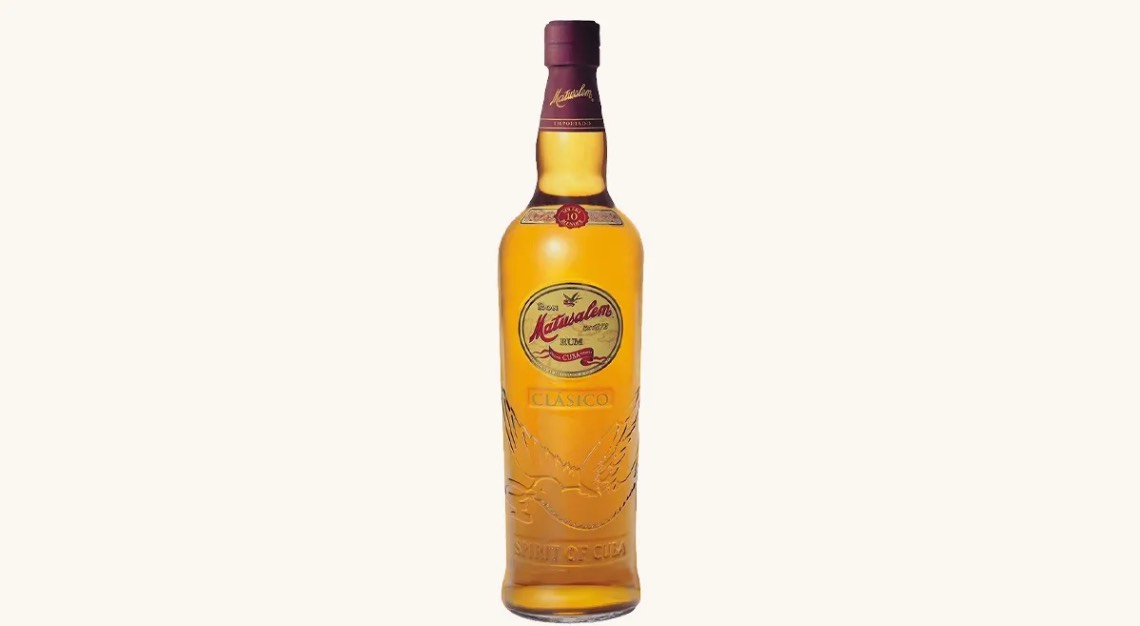
Notes on ingredients
Rum: Maloney specifically calls for Ron Matusalem Clasico, an aged, Spanish-style rum. This is good advice—this family of rums (anything with color and the word “Ron,” which is Spanish for rum) will be soft and light and the age will give it a touch of vanilla, which complements the violette nicely. The only thing to add to that is that I also loved it with white rum. I loved this with every rum I made it with. Use whatever you like.
Simple syrup: Take a half cup of sugar and a half cup of warm or hot water and combine them in a pot. Stir for about 20 seconds and the sugar will dissolve, and you’ll have simple syrup.
Crème de Violette: The original calls for Rothman and Winter Crème de Violette, which is good, as would be others. It’s just a rinse; I wouldn’t get too precious about the brand. The only thing worth noting here is that Creme Yvette is a similar but not identical product, because it also brings flavours of berries, honey, and vanilla. This honestly wouldn’t be bad, just understand it’s a different flavour profile, and so will make a different drink.
Grapefruit bitters: Grapefruit bitters have largely disappeared from the bartops of cocktail bars in the last 10 years or so. For a while we all had ever-burgeoning collections of esoteric bitters, and then collectively realized that it was getting a bit much, and those collections collapsed in on themselves like a neutron star. These days, I’d venture that many if not most bars just have Angostura, Peychauds, Orange, and Chocolate Bitters, and maybe a few specialty one-offs for individual drinks. I say all that to say this: If you don’t have grapefruit bitters but still want to make this drink, go ahead, the crème de violette is the real star here, and I found that a grapefruit peel garnish was pretty much as good. If, on the other hand, you want perfect fidelity to the original, get some grapefruit bitters: My personal favourite is from the brand Bitter Truth.
This story was first published on Robb Report USA. Featured photo by Brent Hofacker/500px/Getty Images

